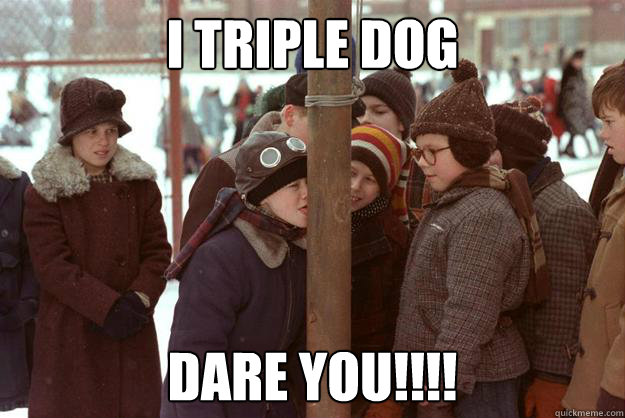Do you understand why lawnmowers are only given a HP rating?
Yet again deflecting to a completely usless tangent.
I accept your surrender.
Do you understand why lawnmowers are only given a HP rating?
Yet again deflecting to a completely usless tangent.
I accept your surrender.
Interesting. It's definitely a much simpler approach, but the tilt of the head angle to adjust TDC is just wacky when you look at the graphic. To imagine that in a car would be just unnerving for some reason to me.
Not a deflection truffle butter boy.....
Answer the phucking question, or can you?
This is quite possibly the dumbest argument for V vs inline that I have ever heard or read.In return the greatest power output comes from the hip rather than the thigh, this is the reason it's easier to climb a hill standing as it's more of a true vertical stroke such as the cummins I6 vs a V8 design which looses force from the angular stroke.
Ah, another classic asinine "torque versus horsepower" debate. Derailing discussions since the early 1900's I'm sure.
"Horsepower is a function of torque and rpm. Both are equally important. Double either and HP doubles. Double both and HP quadruples."
There's nothing to argue about it, the above statement rings true. 1 HP = 33,000 FT-LB/Min, 746 watts, etc....
What everyone gets bent out of shape over is the fact that engines produce varying torque values at different RPM levels.
I refuse to answer a question that have nothing to do with your lack of understanding of the difference between torque and hp.
I came here to read about big singles, and instead I see this...
This is quite possibly the dumbest argument for V vs inline that I have ever heard or read.
I tried really hard to understand the point you were trying to make, but in the end, I guess my thinking isn't abstract enough. Maybe you can explain it to me. I'm curious to see your thought process on how an inline engine makes more torque than a V engine because the cylinders are angled.I don't think you understood the analogy, buts its not a big deal. One things for sure the single thing spitting hot air out is senior truffle butter Allan.
Blackmega's don't matter. Somebody please give us a permaban for the window licker. Praise allah or whoever is needed to make this happen.
I tried really hard to understand the point you were trying to make, but in the end, I guess my thinking isn't abstract enough. Maybe you can explain it to me. I'm curious to see your thought process on how an inline engine makes more torque than a V engine because the cylinders are angled.
Blackmega's don't matter. Somebody please give us a permaban for the window licker. Praise allah or whoever is needed to make this happen.
+1 LOL

Like I told you I could care less, but since you insisted...
It has to do largely with balance, stroke length, crank design, and overall efficiency.
The V subsequently has it's advantages of course.
You put the same displacements with the same air to fuel setups, you'll see the inline motor make more initial torque yet will likely make as much if not a bit less horsepower compare to the V as it benefits from increased rpms which equal crank speed.
There are countless articles and such on this.
You're a Dmax guy, and I can appreciate your passion for your setup.
That's not what you said. You said an inline makes more torque because it has a vertical stroke rather than an angular stroke of a V configuration. I'm genuinely interested in how that is. Do you think gravitational pull on the rod and piston being directly over the crank is adding that much torque to the overall output? That is the reason it is easier to pedal a bike standing than sitting.
